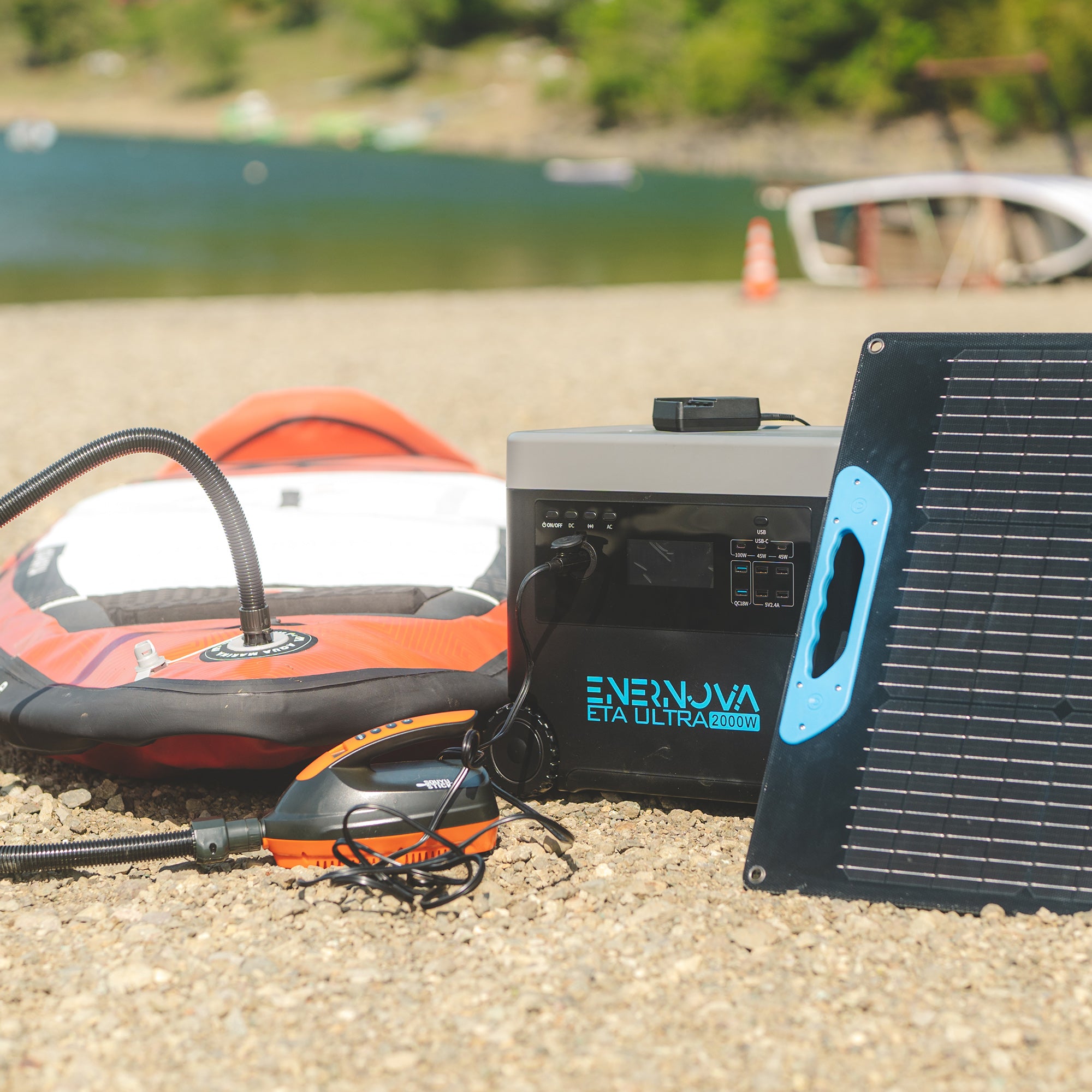The Relationship Between Volts, Amperes, and Watts
In the field of electrical engineering, Volts (V), Amperes (A), and Watts (W) are three fundamental and crucial concepts that together constitute the foundation of current, voltage, and power. This blog post delves into the relationships between these concepts to help you gain a better understanding of the fundamental principles of electrical engineering.
Volts (V): Measurement of Voltage
Volts are the units used in electrical engineering to measure voltage. Voltage represents the driving force of electric charge flow in a circuit. It is analogous to water pressure in a water flow system, determining the speed at which charges flow through the circuit. Higher voltage generally indicates a greater driving force, much like higher water pressure results in faster water flow.
Amperes (A): Measurement of Current
Amperes are the units used in electrical engineering to measure current. Current represents the flow of electric charge, indicating the quantity of charge passing through a conductor in a circuit. Amperes measure the amount of charge, similar to how seconds measure time. If more charge flows through the conductor, the current is greater, and vice versa.
Watts (W): Measurement of Power
Watts are the units used in electrical engineering to measure power. Power is an indicator of the rate of energy conversion. In an electrical circuit, power represents the rate at which electrical energy is consumed or produced. It is the product of voltage and current and is typically used to measure the energy consumption or performance of electrical devices. High-power devices usually consume more electrical energy, while low-power devices consume comparatively less.
The Relationship Between Them
There is a close relationship between these three concepts. According to Ohm's Law, there is a relationship between voltage, current, and resistance as follows:
V (Volts) = I (Amperes) × R (Ohms)
Here, V represents voltage, I represents current, and R represents resistance. This equation shows that voltage is directly proportional to current when resistance is held constant. In other words, an increase in voltage leads to an increase in current as long as resistance remains unchanged. This further illustrates the relationship between Volts, Amperes, and Watts.
P (Watts) = V (Volts) × I (Amperes)
This equation describes power and shows that power is the product of voltage and current. It means that to increase power, you can achieve it by increasing voltage, current, or both simultaneously.
Understanding the applications of Volts, Amperes, and Watts in everyday life:
Charging Electric Vehicles: Volts represent the voltage of electric vehicle batteries, Amperes represent the charging current, and Watts measure the charging power.

Household Electricity Bills: Watts are used to measure the total power consumption of all appliances and devices in your home, helping to understand electricity expenses.
Solar Panels: Understanding the Volts and Watts output of solar panels helps determine their performance and suitability.

Choosing Electronic Devices: Understanding Volts, Amperes, and Watts is crucial for selecting appropriate electronic devices and power sources.
In daily life, Volts, Amperes, and Watts influence our electricity usage habits, electricity expenses, and our understanding of power requirements. By gaining a deeper understanding of these concepts, we can more effectively manage and utilize electrical resources, leading to more energy-efficient and sustainable lifestyles.




















